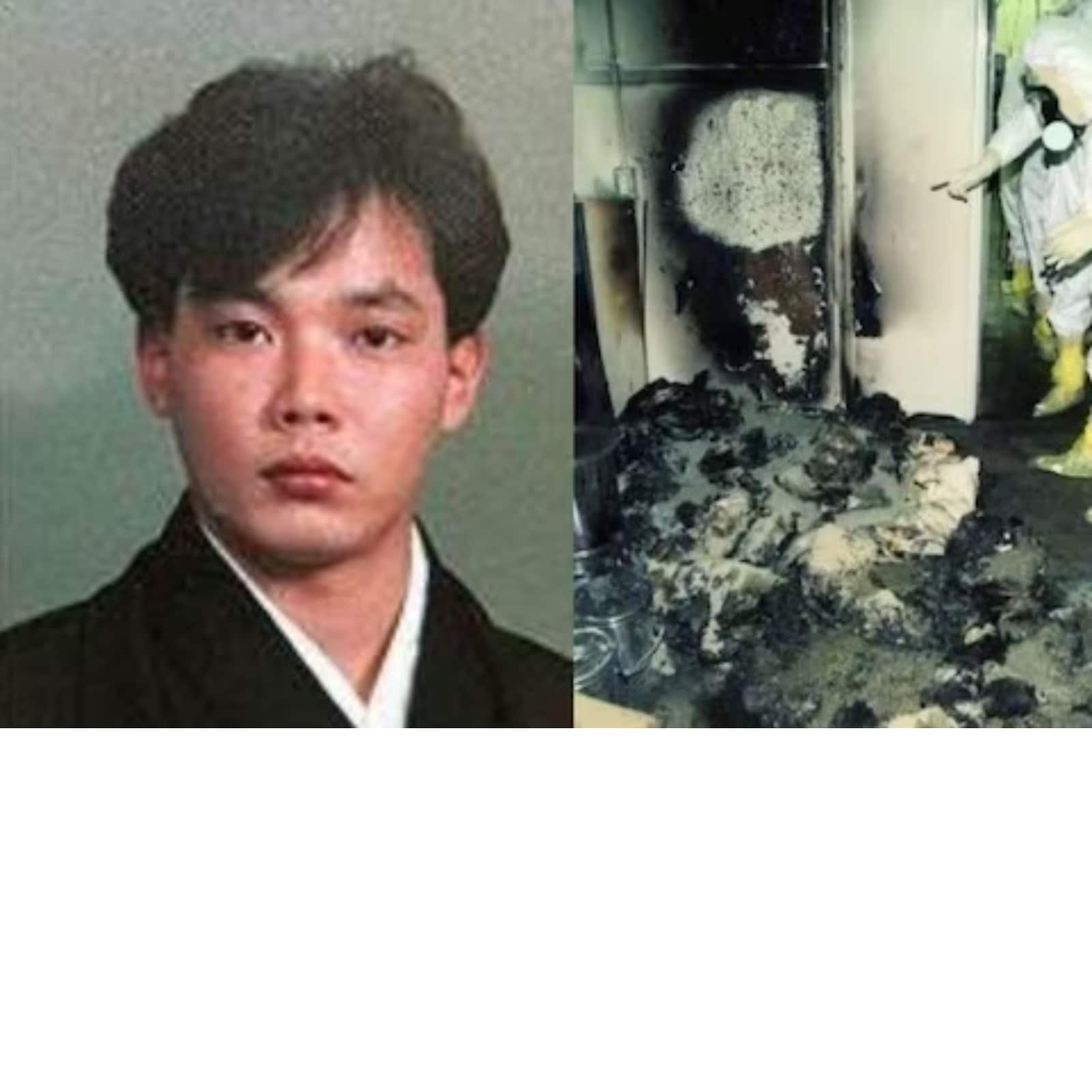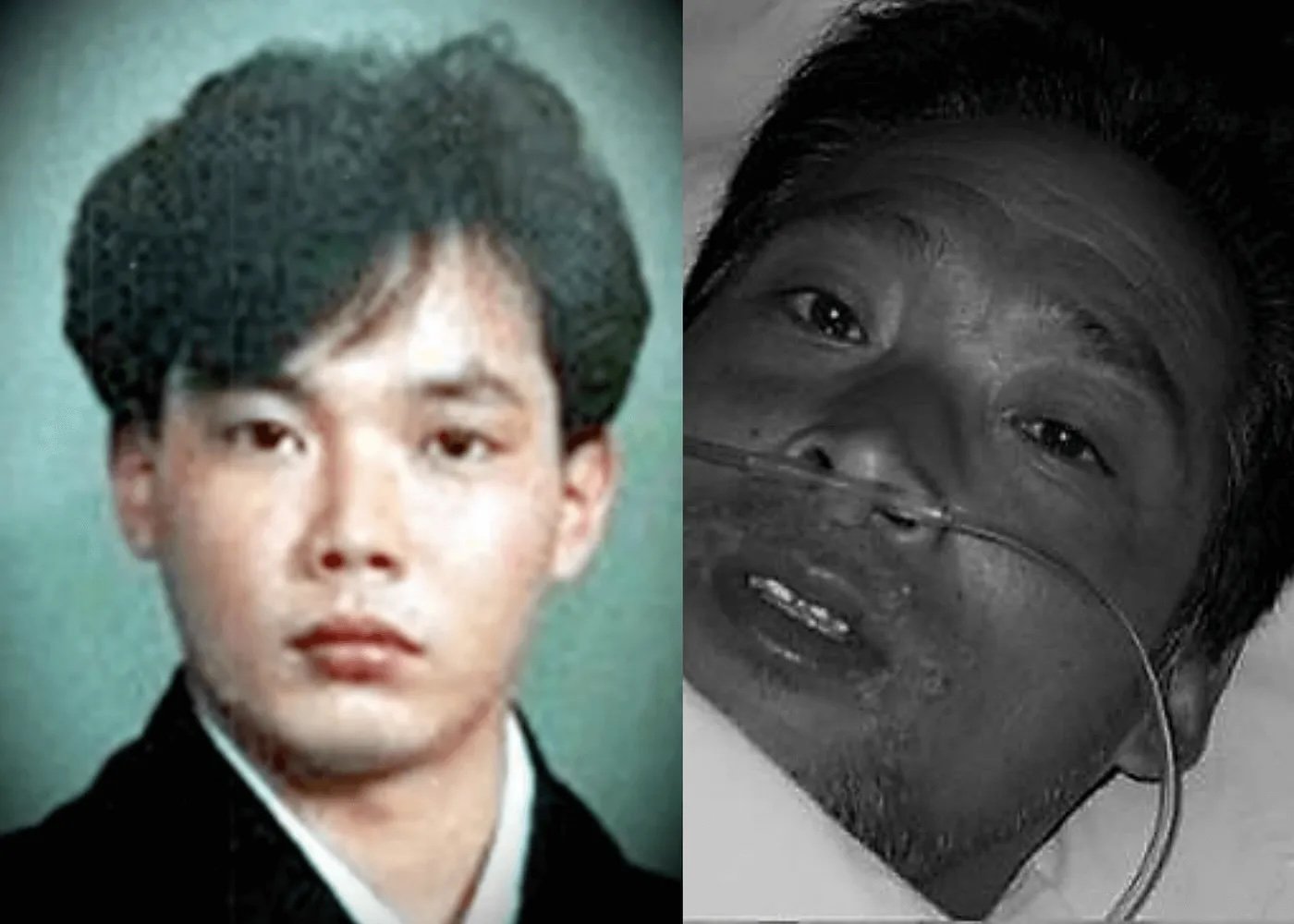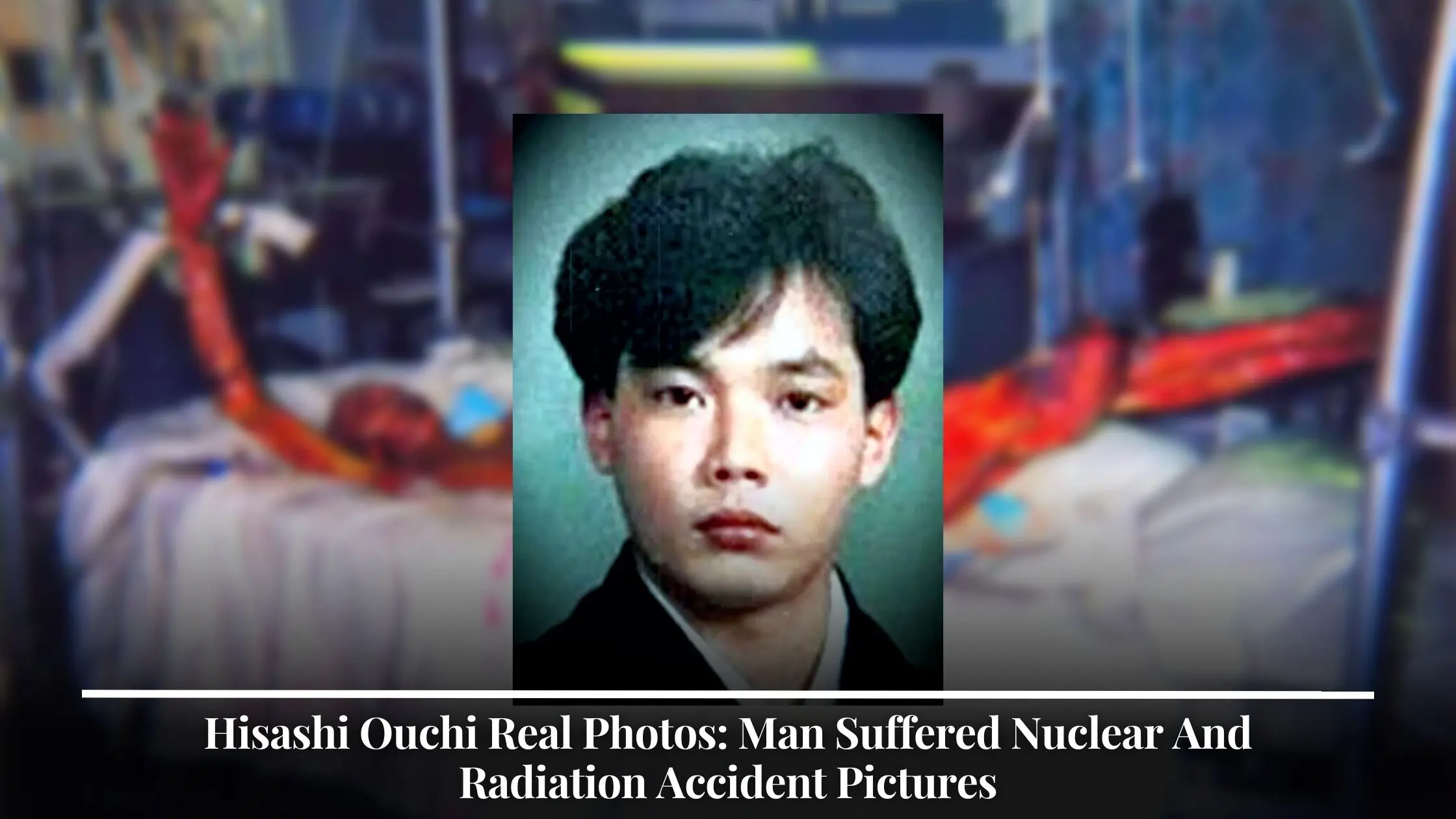Hisashi Ouchi real is a name that has sparked curiosity and discussions across various platforms. The story of Hisashi Ouchi serves as a reminder of the dangers of radiation exposure and the importance of safety measures in nuclear facilities. This article aims to provide a comprehensive understanding of Hisashi Ouchi's life, the incident that changed everything, and its lasting impact on nuclear safety protocols.
Hisashi Ouchi's story has become a symbol of resilience and caution. His tragic experience has prompted worldwide discussions about the consequences of nuclear accidents and the importance of strict safety regulations. This article will delve into the details of Hisashi Ouchi's life, the events surrounding the Tokaimura accident, and how it has influenced global safety standards.
Through a detailed exploration of Hisashi Ouchi's life, this article will provide insights into the dangers of radiation exposure and the measures that have been implemented to prevent similar incidents in the future. Understanding Hisashi Ouchi's story is not only about remembering the past but also about learning from it to create a safer future.
Read also:Elaine Lively The Woman Behind The Glamorous Lifestyle And Her Influence On Pop Culture
Table of Contents
- Biography
- Early Life
- The Tokaimura Accident
- Effects of Radiation Exposure
- Medical Treatment and Challenges
- Global Impact on Nuclear Safety
- Lessons Learned
- Memorial and Legacy
- Current Safety Measures
- Conclusion
Biography
Hisashi Ouchi was a worker at the JCO nuclear fuel processing plant in Tokaimura, Japan. His life took a dramatic turn on September 30, 1999, when a criticality accident occurred at the facility. This section will provide a detailed overview of Hisashi Ouchi's life, focusing on his career and the events that led to the tragic accident.
Personal Data
| Name | Hisashi Ouchi |
|---|---|
| Date of Birth | March 28, 1968 |
| Place of Birth | Tokaimura, Japan |
| Occupation | Nuclear Plant Worker |
| Date of Incident | September 30, 1999 |
Early Life
Hisashi Ouchi was born in Tokaimura, Japan, on March 28, 1968. Growing up in a community closely tied to the nuclear industry, Hisashi naturally gravitated toward a career in this field. His early education focused on engineering and sciences, which prepared him for his eventual role as a nuclear plant worker. His dedication to his work and commitment to safety protocols were well-known among his colleagues.
The Tokaimura Accident
The Tokaimura accident occurred on September 30, 1999, at the JCO nuclear fuel processing plant. This criticality accident was caused by workers mixing an excessive amount of uranium solution in a precipitation tank, leading to an uncontrolled nuclear chain reaction. Hisashi Ouchi, along with two other workers, was exposed to extremely high levels of radiation during the incident.
Causes of the Accident
- Inadequate training and safety protocols
- Violation of established procedures
- Human error in mixing uranium solution
Effects of Radiation Exposure
Radiation exposure has severe and often fatal consequences. Hisashi Ouchi was exposed to approximately 17 sieverts of radiation, far exceeding the lethal dose of 5 sieverts. The effects of such high radiation exposure include severe burns, organ failure, and damage to the body's cellular structure. Hisashi's case highlighted the critical need for improved safety measures in nuclear facilities.
Symptoms of Radiation Poisoning
- Nausea and vomiting
- Extreme fatigue
- Burns and skin damage
- Organ failure
Medical Treatment and Challenges
Following the accident, Hisashi Ouchi was transferred to the University of Tokyo Hospital, where he underwent intensive medical treatment. Doctors attempted various experimental procedures to save his life, including skin grafts and blood transfusions. However, the extreme radiation exposure had caused irreparable damage to his body, and Hisashi succumbed to his injuries 83 days after the accident.
Challenges Faced by Medical Teams
- Unprecedented levels of radiation exposure
- Limited understanding of radiation treatment
- Experimental procedures with uncertain outcomes
Global Impact on Nuclear Safety
The Tokaimura accident had a profound impact on global nuclear safety standards. Governments and regulatory bodies around the world revisited their safety protocols to prevent similar incidents. The accident underscored the importance of stringent safety measures, proper training, and adherence to established procedures in nuclear facilities.
Read also:Discover The Magic Of Amc Johnson City 14 Your Ultimate Movie Experience
Key Changes in Safety Protocols
- Enhanced worker training programs
- Improved safety equipment and monitoring systems
- Stricter enforcement of safety regulations
Lessons Learned
The tragic incident involving Hisashi Ouchi serves as a powerful reminder of the dangers of nuclear accidents. It highlights the critical importance of safety protocols, proper training, and vigilance in nuclear facilities. The lessons learned from this incident have led to significant advancements in nuclear safety standards worldwide.
Preventive Measures
- Regular safety audits and inspections
- Comprehensive training programs for workers
- Implementation of advanced monitoring technologies
Memorial and Legacy
In memory of Hisashi Ouchi and the other victims of the Tokaimura accident, a memorial was established in Tokaimura. This memorial serves as a tribute to those who lost their lives and a reminder of the importance of nuclear safety. Hisashi Ouchi's legacy continues to inspire efforts to improve safety standards in the nuclear industry.
Significance of the Memorial
- Honoring the victims of the accident
- Raising awareness about nuclear safety
- Promoting education and research in safety protocols
Current Safety Measures
Today, nuclear facilities worldwide implement advanced safety measures to prevent accidents like the one in Tokaimura. These measures include rigorous training programs, state-of-the-art monitoring systems, and strict adherence to safety protocols. Continuous research and development in nuclear safety ensure that facilities remain safe and secure.
Technological Advancements
- Automated systems for monitoring radiation levels
- Improved protective equipment for workers
- Real-time data analysis and alerts
Conclusion
Hisashi Ouchi's story is a poignant reminder of the dangers of nuclear accidents and the importance of safety measures in nuclear facilities. The Tokaimura accident led to significant advancements in global safety standards, ensuring that such incidents are minimized in the future. By learning from Hisashi Ouchi's experience, we can work toward a safer and more secure nuclear industry.
We invite you to share your thoughts and insights in the comments section below. Your feedback is valuable in helping us improve and expand our understanding of nuclear safety. Additionally, feel free to explore other articles on our site for more information on related topics.
Data sources: World Nuclear Association, World Health Organization, and International Atomic Energy Agency.


